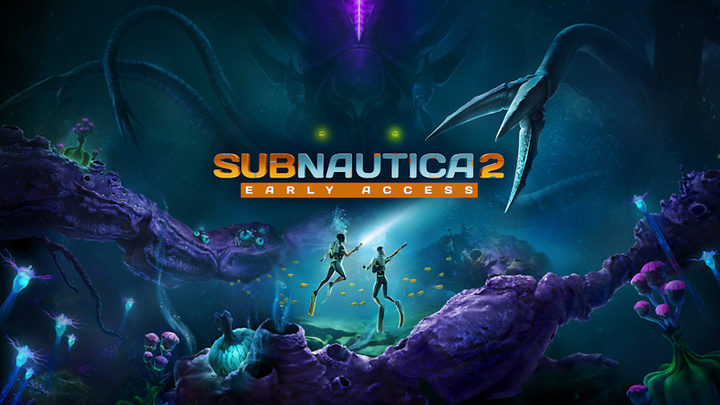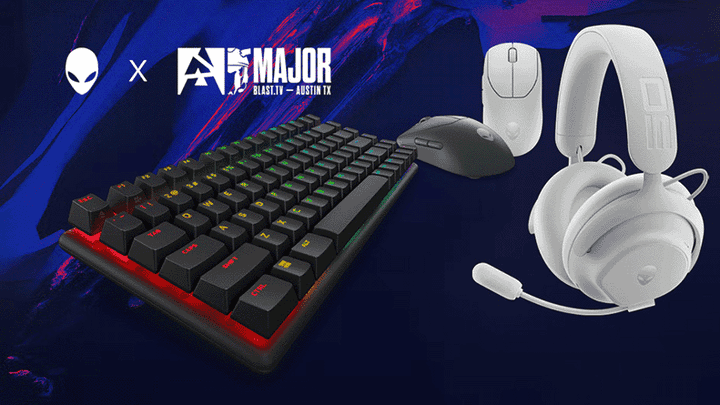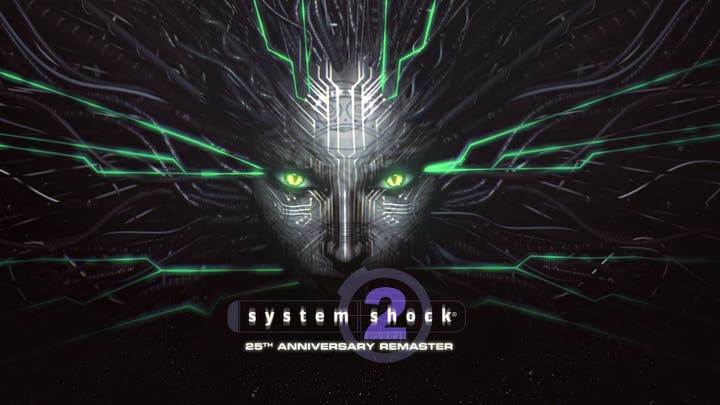INSIDE - Everything you need to know

Inside, the long-awaited Limbo follow-up from developer Playdead, swing between being beautiful, haunting, and terrifying. Sometimes it is all three at the exact same time. From there, it adds intrigue, wonder, and shock on top of those and never lets up.
Even though it is mechanically a 2D puzzle-platformer, Inside is a beautiful and subtly detailed game. Every frame appears to have been meticulously crafted and polished several times over, from dust particles hovering in smoky air to raindrops splashing down in a bog to golden sunlight beaming onto your unnamed, red-shirted boy avatar through a window. Everything appears to have had an artist’s full and undivided attention.
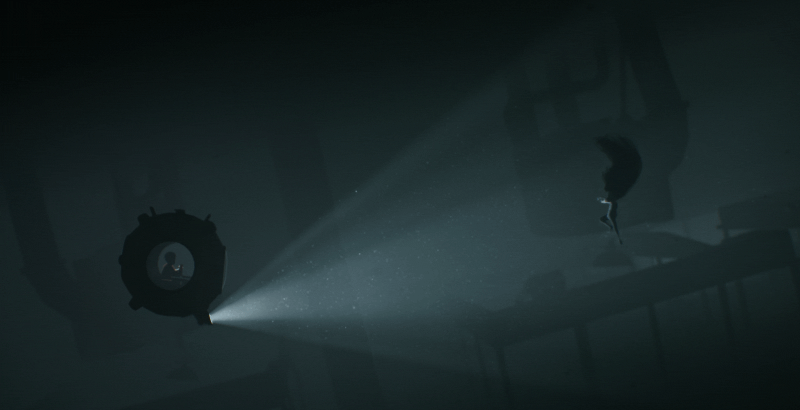
Inside’s gameplay is similar to Limbo’s simple but atmospheric 2D puzzle-platforming. Deaths are frequent and can seem unavoidable and unfair at first, but they’re actually lessons that teach you both what to do and what not to do. Checkpoints are liberal enough and load times are brief enough that death never feels like a penalty. The puzzles themselves are a bit easier than those in Limbo, you never get hung up for more than a few minutes before having one of those gratifying puzzle-solving epiphanies.
Inside’s puzzles, both biological and environmental, serve as the vehicle that drives its storytelling. No explanation is ever given for why the boy is alone in the woods at night, nor why he sneaks into the mysterious facility, or what he hopes to achieve there, much less who is trying to stop him. Things happen in this game that are practically indescribable. It’s almost dreamlike in that it can start in a logical, grounded place and somehow end up somewhere far more fantastical.
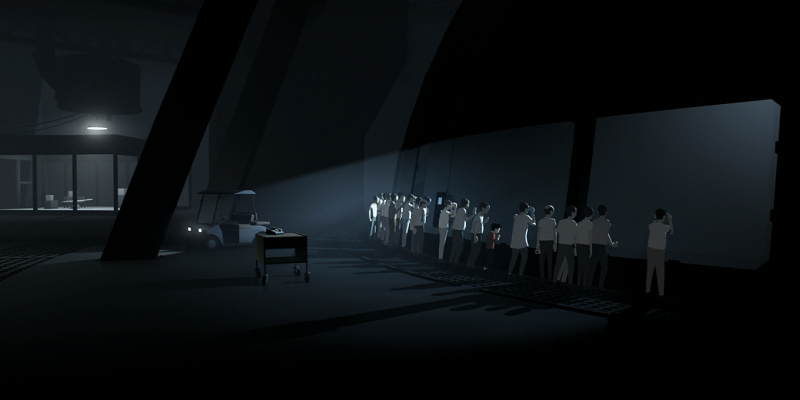
It’s exactly the kind of game you complete over a week’s evenings, and despite being ‘short’ it feels like a true journey through an increasingly unsettling (and yet quietly comic) world. You feel you’ve had a start-to-finish experience, as opposed to just glanced off the surface of something larger.
On paper (and in screenshots) it may come across as standard jumping puzzles with slick art. It is that, but it’s much more. Inside is master-crafted for atmosphere and for constant forward motion, making its puzzles part of your journey rather than roadblocks upon on it.
Most of all, this is such a complete game. It will fit into your life so easily, without feeling that you’ve had to compromise.
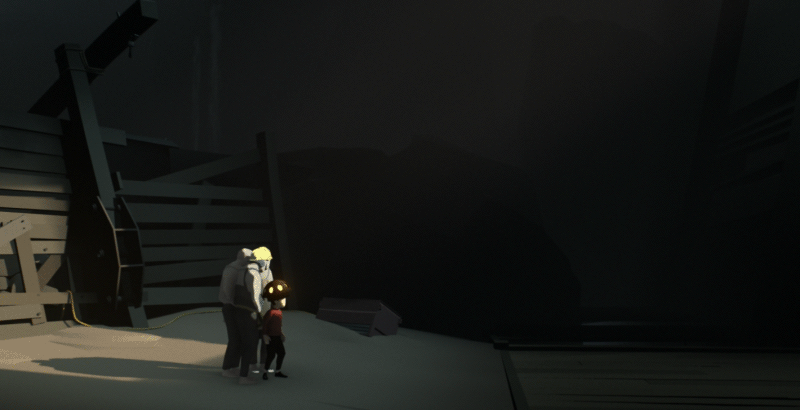
Playdead don’t design games in the same way that other studios do. They’re the result of a process where nothing is written down. There’s no script and no design document. No member of the team owns any aspect of what they make and what will go into the final game. Everything is up for change.
From that creative anarchy rose Inside, a game of the leanest pacing and most intricate staging, and entirely wordless. Story and play are entirely communicated through its meticulously constructed environments, which spin subtle mystery and challenge with spare details – a chainlink fence, a hanging rope – created through five years of constant iteration.
Jeremy Petreman is one of the two dedicated artists who worked on Inside’s environments. Before joining Playdead six years ago, he worked at IO Interactive, where he was an artist on the likes of Hitman and Freedom Fighters, a designer on Kane & Lynch: Dead Men, and was game director on Mini Ninjas.
Making games at IO was down to pretty standard practices, organised into incubation, pre-production and production phases, each accompanied by lots of documentation. “I had been fairly indoctrinated into the idea this was the best way to do things, and hadn’t given serious thought to breaking out of that system,” he tells me. “At least, not as radically as I was about to.”
Playdead was nothing like that. “All of the efficiency and organisation was dropped in favour of a purely creative, open and iterative process.” Petreman thinks that Playdead’s ways arose as a kind of rebellion against standard practices, but it’s all carefully headed by Playdead’s director, Arnt Jensen.
Inside very clearly builds upon what made Limbo great, and in fact builds something greater. Its unimaginable twist may leave you confused, and quite possibly speechless, but it will fuel heated discussion with your friends about its meaning, its message, and its intentions.
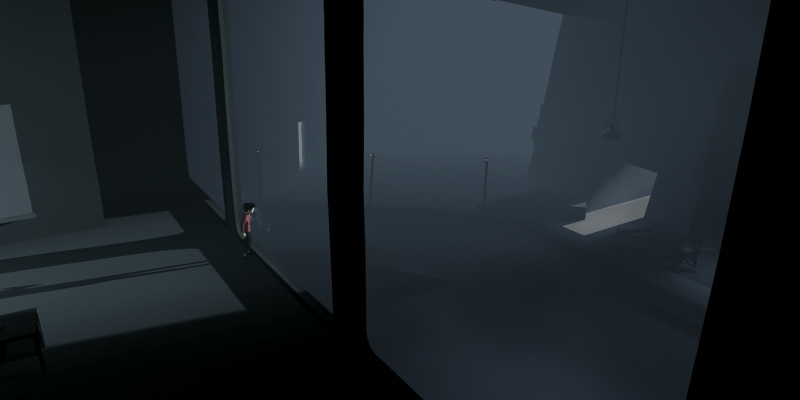
“If you had asked me at the beginning if this sort of unstructured, creative process was going to work, I think that I would have said it was a recipe for disaster,” says Petreman. “Could this work for every studio? Probably not. A large part of how it worked for us was due to the fact that we were a very close, like-minded team.”
The game can be bought on:









